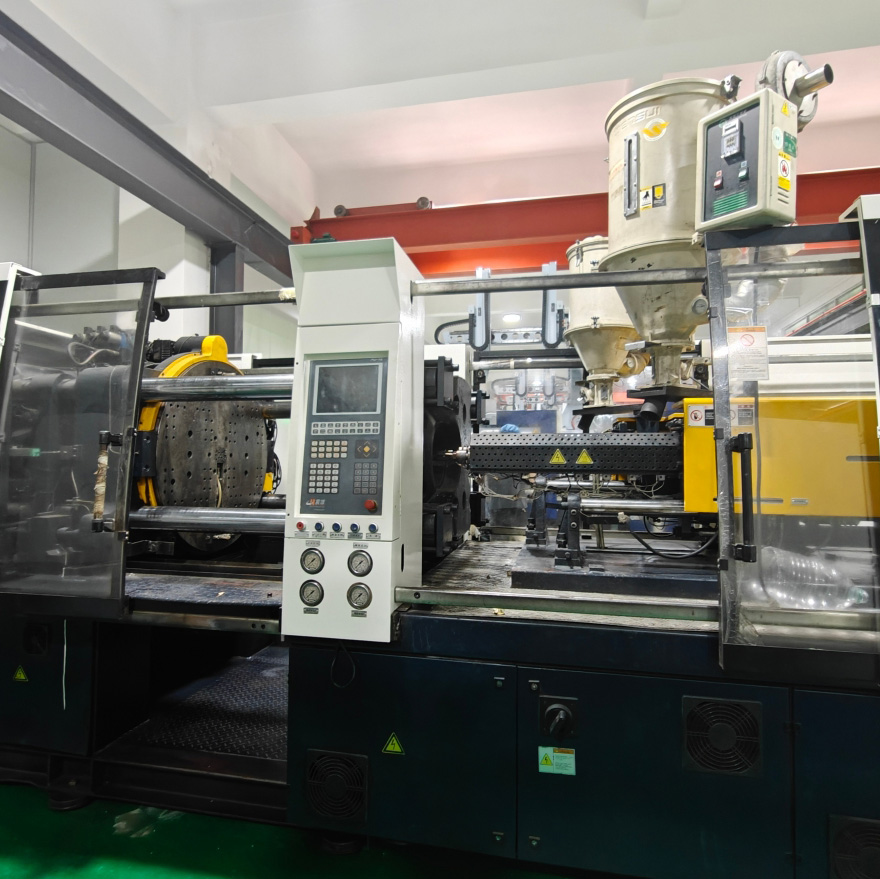Introduction
With growing global concern about climate change, the consumer electronics industry is facing significant pressure to reduce its carbon emissions. injection molding, as one of the key manufacturing processes for consumer electronics products, is particularly important in its green transformation. This article will examine the carbon reduction strategies and innovative practices in the consumer electronics injection molding industry, focusing on materials, processes, management, and policies, to provide references for the sustainable development of the industry.

Material Innovation: The Key to Promoting Carbon Reduction
Application of Recycled Plastics: The use of recycled plastics not only reduces the demand for new plastics but also lowers carbon emissions. For example, Covestro’s post-consumer recycled polycarbonate product portfolio has a recycled plastic content of up to 75%, which can reduce carbon emissions by up to 50% — applicable to custom injection molded parts in consumer devices.
The Rise of Bio-based Materials: Bio-based materials, such as bio-based nylon, made from renewable resources, are ideal substitutes for fossil-based plastics and are widely used in the casings of smart wearable devices.
Single-Material Solutions: For instance, the single-material touchscreen jointly developed by Covestro and TactoTek reduces plastic usage and can reduce carbon footprint emissions by up to 35%.

Process and Technology Innovation: Improving Energy Efficiency and Reducing Waste
Energy-Saving Improvements of Injection Molding Machines: Technologies such as servo control, all-electric control, and frequency conversion regulation devices are employed to reduce energy consumption significantly. For example, the frequency conversion speed regulation method can reduce energy consumption by 21-22% and approximately 7 tons of CO₂ emissions per year — strengthening the sustainability of plastic injection molding service programs.
Digitalization and Intelligence: Through digital twin technology and intelligent operation and maintenance platforms, energy consumption optimization and equipment efficiency improvement are achieved.
Reduction of Material Waste: Optimize mold design and process parameters, such as adopting conformal cooling and optimized runner systems to reduce the use of excess materials.

Management and Policy Support: Building a Sustainable Development Framework
Environmental Regulations and Standards: Formulate and implement stricter environmental regulations and standards to encourage enterprises to adopt environmentally friendly materials and technologies.
Promotion of Circular Economy: Establish a recycling, sorting, and regeneration system for plastic waste to promote the reuse of resources.
Corporate Social Responsibility and Green Transformation: Enterprises actively fulfill their environmental responsibilities and formulate green development strategies. For example, Foxconn Industrial Internet plans to achieve net-zero emissions across the entire value chain by 2050. Working with an experienced injection molding manufacturer helps align materials, tooling, and operations with these goals.
These reform measures jointly promote the sustainable development of the consumer electronics injection molding industry, contributing to reduced carbon emissions and achieving greener production.


